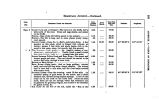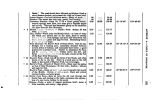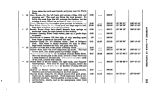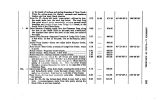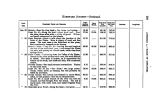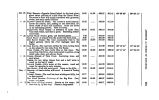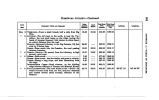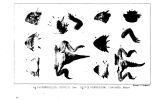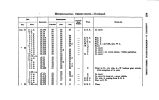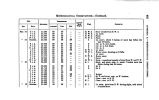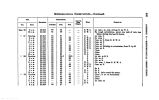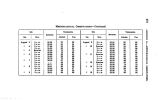| OCR Text |
Show 264 ROUTES FROM SALT LAKE CITY TO THE PACIFIC. of the Salt Lake, to the ford of Bear River; crossing which, it would proceed in a north- west course, following the present emigration road until it would intersect that from the Soda Springs to the Humboldt, or Mary's River. The route to California would pursue a south course at the western base of the Wahsatch range of mountains, on the line now occupied by the Mormon settlements, and would either strike the Pacific at San Diego, or, by doubling the southern extremity of the Sierra Nevada, should that be found practicable, reach San Francisco by the Tulare Lakes and the valley of the San Joachin. As to the character of this latter route I have no precise information; but it has been frequently traversed by various companies of Mormon explorers, who declare it to be perfectly practicable; and the Mormons themselves are seriously contemplating the construction of a railroad over it, by which to secure an outlet to the ocean for the products of their territory. Most of the projects for a railroad across the * continent, as far north as 40° and 41°, look to the valley of the Humboldt as a point whence, by the branching of the road, the Pacific coast both of Oregon and California may be reached: the former by the valley of the Wallamutte, and the latter by the Salmon- trout Pass, or some other, through the Sierra Nevada. The mode that has been proposed for reaching this valley, is from the South Pass, by Subletted Cut- off, to the Soda Springs, and thence in a south- western direction to the valley of the Humboldt. This part of the route, ( from the Soda Springs to the Humboldt,) I apprehend, from the formation of the country over which it must necessarily pass, will be extremely difficult and expensive. The northern rim of the Great Basin, or the elevated ground which divides it from the valley of the Columbia, does not consist, as has been supposed, of one continuous mountain range which may be flanked, but of a number of long, abrupt, detached, parallel ridges, extending in a north and south direction, and separated by intervening valleys, which constitute, as it were, so many summit levels, whence the waters flow north on the one side into the Columbia, and south on the other into the Great Basin. Any line, therefore, from the Soda Springs to the valley of the Humboldt, will necessarily be obliged to encounter these ridges at nearly a right angle, and will subject any trace for a road across them to variations of level, which cannot but prove obstacles of a most serious character. The route by the Salt Lake City, and thence around the northern shore of the lake, would intersect that from |
































































































































































































































































































































































